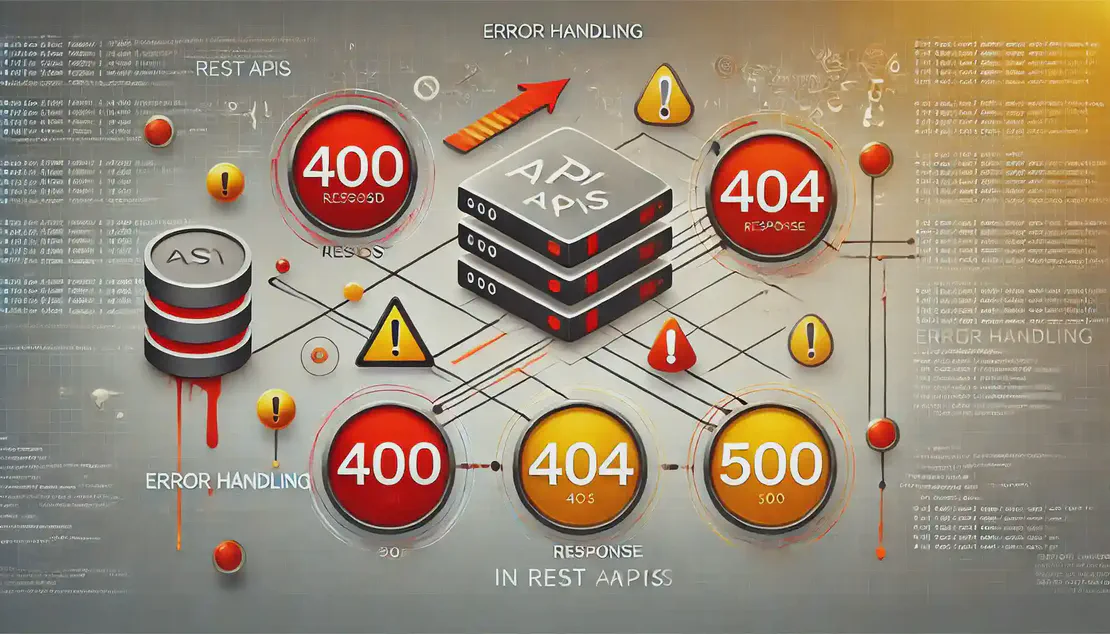
Best Practices for Managing Secrets in Microservices
- Vipul Kumar
- System design , Microservices , Security , Secret management
- November 21, 2024
Table of Contents
🔐 Centralized Management — Use centralized secret management systems like HashiCorp Vault or AWS Secrets Manager to securely store and manage secrets. This helps in maintaining a single source of truth and simplifies access control.
🔒 Role-Based Access Control — Implement role-based access control (RBAC) to restrict access to secrets. This ensures that only authorized personnel can access sensitive information, reducing the risk of leaks.
📜 Avoid Hard-Coding — Do not hard-code secrets in your application code. Instead, use environment variables or configuration files to manage them securely.
🔄 Regular Rotation — Regularly rotate secrets to minimize the risk of them being compromised. This practice ensures that even if a secret is exposed, it is only valid for a short period.
🔗 Secure Communication — Use secure, encrypted communication channels such as TLS/SSL to transmit secrets between microservices. This prevents interception by unauthorized parties.
📊 Monitoring and Auditing — Continuously monitor and audit access to secrets to detect any unauthorized access or anomalies. This helps in maintaining compliance and security in a dynamic environment.
Challenges in Microservices
⚠️ Distributed Nature — Microservices are distributed systems, which makes managing secrets more complex due to multiple points of vulnerability.
🔄 Frequent Changes — The dynamic nature of microservices, with frequent updates and deployments, increases the risk of secrets being exposed.
🔍 Visibility Issues — With numerous services, it can be challenging to maintain visibility over who has access to which secrets.
🔗 Inter-Service Communication — Securely managing secrets for communication between services is crucial to prevent unauthorized access.
🛡️ Compliance Requirements — Ensuring compliance with regulations like GDPR or HIPAA can be difficult due to the distributed nature of microservices.
Tools for Secret Management
🔧 HashiCorp Vault — A tool for securely storing and accessing secrets, providing encryption and access control features.
🔧 AWS Secrets Manager — A service that helps you protect access to your applications, services, and IT resources without the upfront investment and on-going maintenance costs of operating your own infrastructure.
🔧 Kubernetes Secrets — A native Kubernetes feature that allows you to store and manage sensitive information like passwords, OAuth tokens, and SSH keys.
🔧 Azure Key Vault — A cloud service for securely storing and accessing secrets, keys, and certificates.
🔧 Google Cloud Secret Manager — A secure and convenient way to store API keys, passwords, certificates, and other sensitive data.
Security Best Practices
🔒 Least Privilege Principle — Ensure that users and services have the minimum level of access necessary to perform their functions.
🔄 Dynamic Secrets — Use dynamic secrets that are generated on-demand and have a short lifespan to reduce the risk of exposure.
📜 Audit Logs — Maintain detailed audit logs of all access to secrets to detect and respond to unauthorized access.
🔗 Secure APIs — Ensure that APIs used for accessing secrets are secured with authentication and encryption.
🛡️ Incident Response — Have a robust incident response plan in place to quickly address any security breaches involving secrets.
Follow me on: LinkedIn | WhatsApp | Medium | Dev.to | Github

